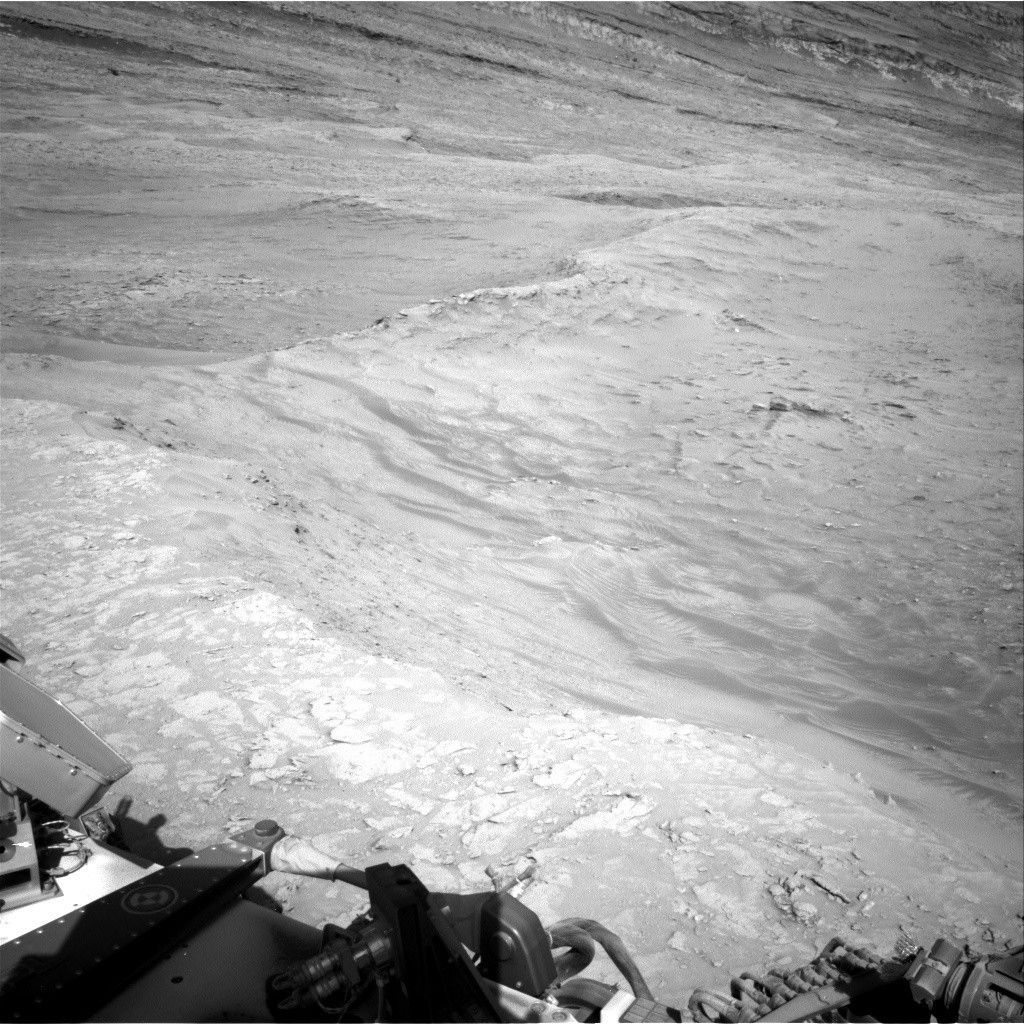Now Reading: Curiosity Rover Shares Stunning Martian Views: Sols 4611-4613
-
01
Curiosity Rover Shares Stunning Martian Views: Sols 4611-4613
Curiosity Rover Shares Stunning Martian Views: Sols 4611-4613

Speedy Summary
- NASA’s Mars Curiosity rover completed a 23-metre drive to reach a planned “look-about” spot,where it is conducting detailed scientific observations on Martian terrain and atmosphere.
- Key activities include capturing a 360-degree Mastcam panorama of ridge-and-hollow topography and stratigraphy visible in nearby buttes. Previously, the rover drove a ample distance as its last documented panorama (70 sols ago).
- Imaging efforts use ChemCam, Mastcam M100 mosaics, and APXS geochemistry measurements on specific targets like the “Yura Tuff” and “Tipnis.” MAHLI will provide close-up imaging of the APXS targets.
- Atmospheric observations involve studying clouds using video for altitude/wind calculations, searching for dust devil activity through short films, measuring atmospheric dust and water ice with mastcam sky surveys, and regular temperature/humidity monitoring via REMS.
Indian Opinion Analysis
NASA’s Mars Curiosity mission continues advancing planetary science by utilizing sophisticated instruments for geological and atmospheric research on Mars. India’s growing space initiatives could find valuable technological insights from missions like Curiosity as ISRO ramps up its interplanetary ventures with projects such as mangalyaan or Chandrayaan expansions. The combination of observational techniques-like terrain imaging alongside geochemical analysis-highlights best practices that could strengthen future Indian missions’ research capabilities. Furthermore, studying methods for atmospheric analysis might aid India in formulating approaches to probe extraterrestrial environments effectively.


























